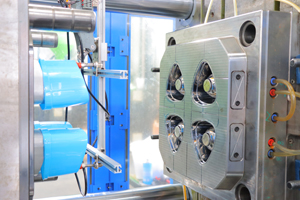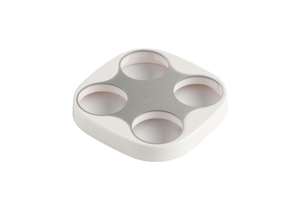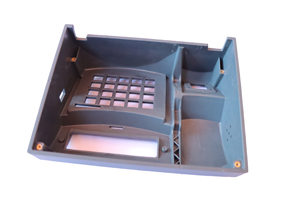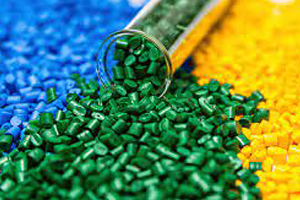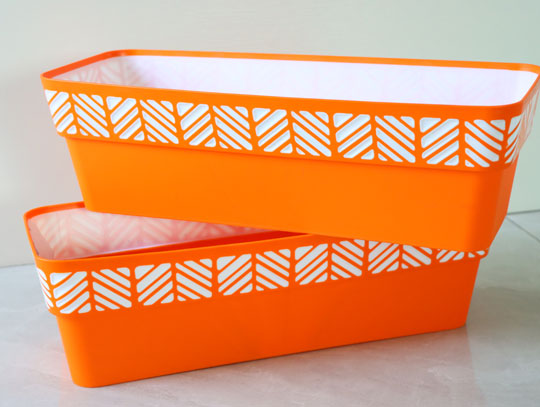Raw material for injection moulding is a thermoplastic or thermosetting plastic used in the injection moulding process. This material has good fluidity when heated, allowing it to be injected into a mould for cooling and shaping. It is widely used in industries such as automobiles, household appliances, electronics, medical devices, packaging, home furnishings, and more.
Depending on application needs, raw material for injection moulding can be divided into various types, each with its unique physical properties, chemical stability, and moulding characteristics.
Common Raw Material for Injection Moulding and Its Characteristics
PP (Polypropylene)
Characteristics: Lightweight, chemical-resistant, good toughness, strong insulation.
Applications: Appliance shells, daily necessities, food containers, automotive interiors, etc.
ABS (Acrylonitrile Butadiene Styrene)
Characteristics: High strength, impact resistance, heat resistance, easy to process.
Applications: TV shells, keyboards, remote controls, toys, automotive parts, etc.
PC (Polycarbonate)
Applications: Optical lenses, safety helmets, electronic parts, phone cases, etc.
PA (Nylon)
Characteristics: High strength, high wear resistance, oil and heat resistance, high water absorption.
Applications: Gears, bearings, power tool parts, automotive parts, etc.
PE (Polyethylene)
Characteristics: Good flexibility, low-temperature resistance, strong chemical stability.
Applications: Films, containers, pipes, cable sheaths, etc.
PS (Polystyrene)
Characteristics: Good transparency, high rigidity, easy to process, low cost.
Applications: Disposable tableware, CD cases, lampshades, small appliance shells, etc.
POM (Polyoxymethylene)
Characteristics: Strong self-lubrication, wear resistance, high rigidity, dimensional stability.
Applications: Precision mechanical parts, gears, pulleys, fasteners, etc.
Factors to Consider When Selecting Raw Material for Injection Moulding
In actual production, appropriate raw material for injection moulding should be chosen based on the specific use of the product, structural design, strength requirements, and moulding process conditions. Common considerations include:
Mechanical properties (e.g., strength, hardness, toughness)
Thermal properties (heat resistance, heat deflection temperature)
Chemical properties (corrosion resistance, solvent resistance)
Moulding properties (flowability, cooling shrinkage)
The proper selection of injection moulding material directly impacts product quality, moulding efficiency, and production costs. With the development of new material technologies, more functional and environmentally friendly plastics are also becoming widely used in raw materials for injection moulding.

